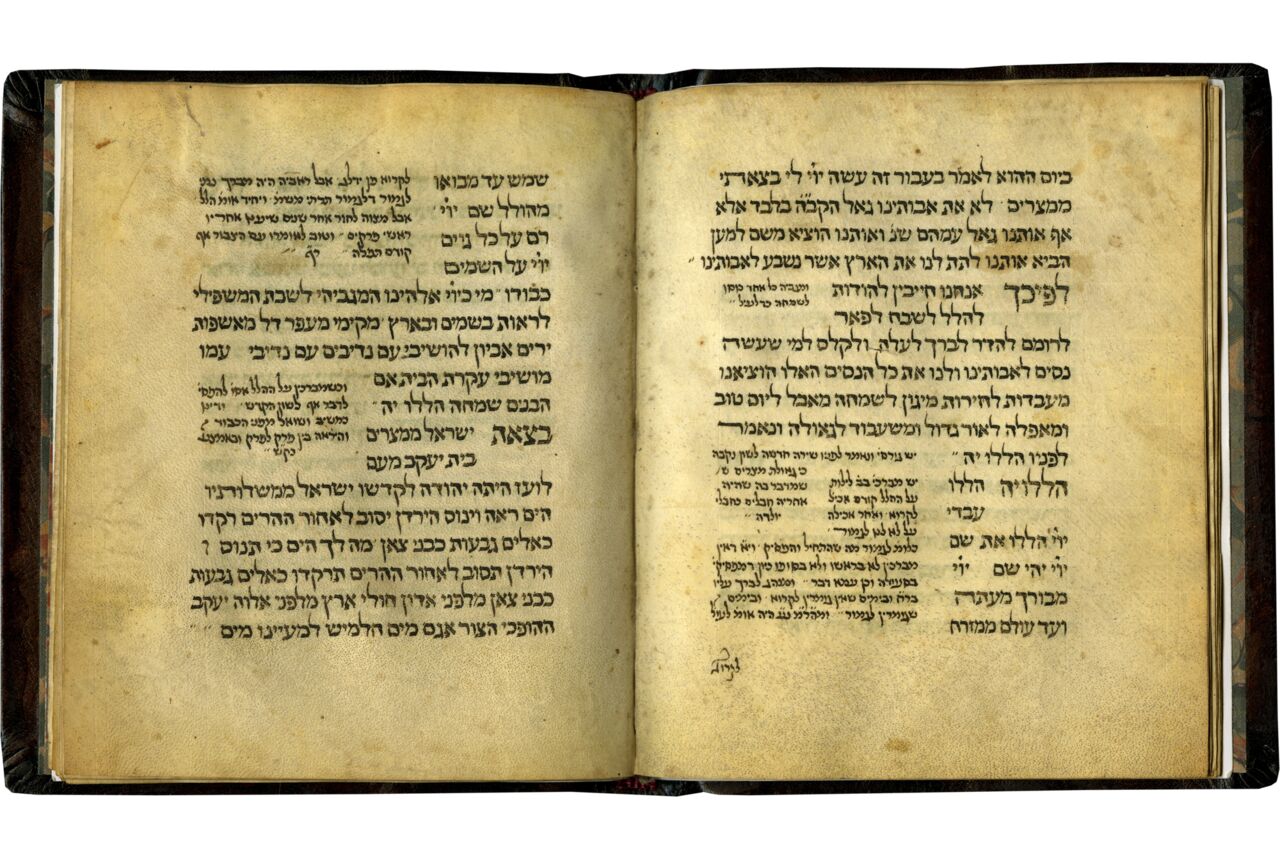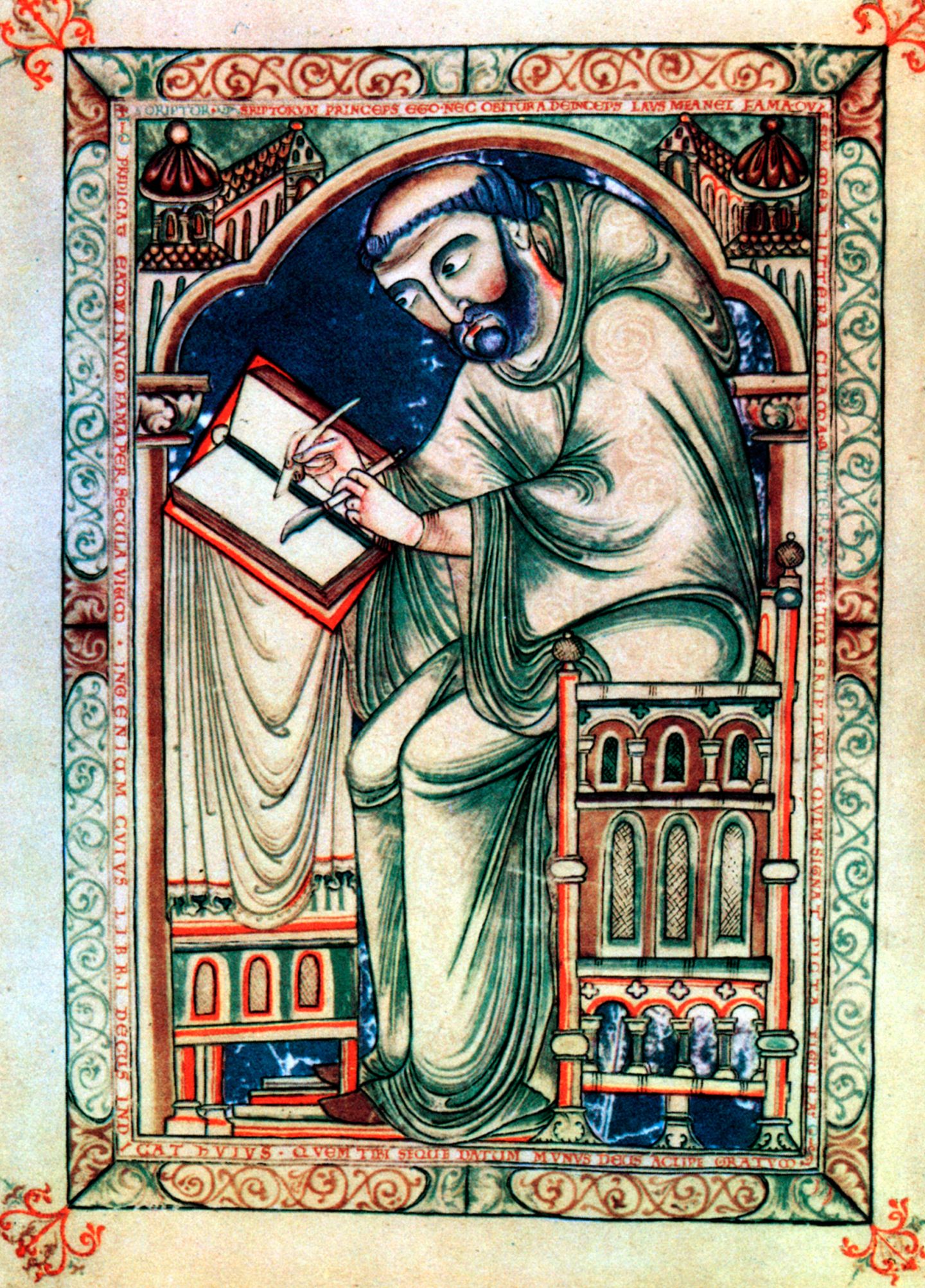

It’s easy to see that a huge body of knowledge and literature was lost as a result of this particular political change. The number of manuscripts that Leland records in his catalogues of monastic libraries is nowhere even close to near the number of manuscripts that survive today. So, thousands of manuscripts were probably lost in the initial institutional changes that came from the Reformation and in the religious reforms that followed. This happened most consciously in 1551 when King Edward VI passed an act insisting on the purging of “Superstitious Books.” When the king imposed his new religious doctrine on the country, books that adhered too closely to the old conventions were destroyed. Some of the books were even intentionally destroyed. Some of the manuscripts entered the royal library, some were saved by antiquarians like Leland, but many, many more were lost.

The monasteries themselves and all their wealth and possessions (including their books) were taken by the King and given to his favourites. John Leland, by Thomas Charles Wageman after Hans Holbein the Younger – Wikimedia Commonsīut then, King Henry VIII officially dissolved the monasteries. During his travels, Leland recorded an enormous collection of manuscripts in each institution. Just before the monasteries were dissolved, the antiquarian and bibliophile John Leland travelled around England on the orders of Henry VIII cataloguing some of the collections in the monasteries. They would almost always have large collections of manuscripts both for the edification of those who lived there and because many monasteries produced manuscripts. Monasteries were one of the biggest housers of books in the Middle Ages. This was when Henry VIII split the church of England from Rome, dissolving many religious institutions in the process: most significantly, for my purposes, the monasteries. Some of the worst destruction of medieval manuscripts happened as a result of the Reformation. The destruction of books thanks to a change in regime is a common occurrence across the history of the world, but the loss of medieval books during a political shift seems to me to be somewhat more poignant because of the unique nature of medieval manuscripts – once that individual text is gone, it’s gone. Political and religious shifts could also result in the destruction of medieval manuscripts. It is one of many examples of the devastation that can be wrought on a medieval library thanks to a poorly attended fire. This fire has since achieved quite a bit of fame and notoriety both for the destruction it wrought and for the heroic efforts of the library staff to save the material, but it was by no means the only instance. Many of the manuscripts that survived the fire were heavily damaged: the edge of the Beowulf manuscript, for example, was singed by the fire. In the morning local schoolboys are reported to have caught fragments of charred parchment flying through the air. Many unique and precious volumes were lost. While the librarians and staff in the house heroically attempted to save the books by chucking them out the windows, the fire itself, and the water used to extinguish the flames, resulted in devastation. The devastating fire is thought to have spread from the hearth below the library, no doubt due to human carelessness of some kind or other.

One night in October of 1731 a fire broke out at Ashburnham house where his famous library was housed. The Beowulf manuscript was damaged in the Ashburnham house fire – afterwards its pages were bound into a new manuscript. More would survive, however, had his library not burned. He collected some of the most famous medieval books: the Magna Carta, Beowulf, and Sir Gawain and the Green Knight, for example, all surviving because of him. He collected hundreds of medieval manuscripts over the course of his life: in many cases saving them from destruction by some of the other means mentioned below. He was an antiquarian, meaning that he was interested in old books.

Sir Robert Cotton lived in the late 16th and early 17th centuries. The burning of the library of Sir Robert Cotton is one such example.


 0 kommentar(er)
0 kommentar(er)
